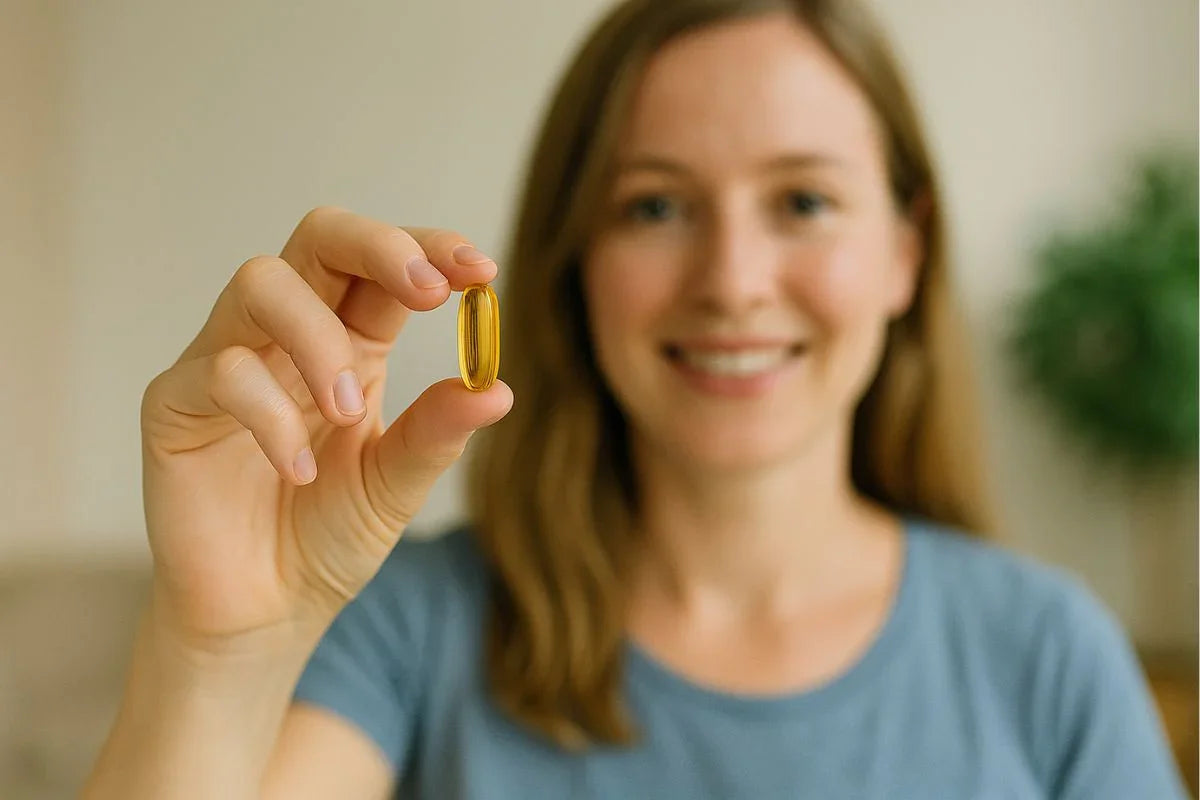
Fish Oil: Friend or Foe? Part 2
The Benefits of Omega-3 Fatty Acids
In our previous blog, we explained how humans gradually came to realize that omega-3 fats play an important role in the body. In this post, we explain why we are not fans of omega-3 fish oil and therefore do not sell it. Our advice: get as much as possible from eating fish or shellfish. If that’s not feasible, krill oil is a better alternative.
Positional Shift
Natural omega-3-rich foods, such as breast milk or fatty fish, work better than fish oil capsules because they are absorbed more efficiently. One of the reasons is the position of omega-3 fatty acids on the glycerol backbone, which has three positions: sn-1, sn-2, and sn-3. In food sources such as fatty fish, it is found mainly in the central sn-2 position. When fish oil is processed and refined, much of the sn-2 shifts to the sn-1 or sn-3 position.
Bioavailability
This shift makes the oil less stable and more prone to spoilage. The bioavailability, or absorption, is also affected by this movement of DHA and EPA to the outer positions. Fish oil is less digestible, less absorbable, and less active in the central nervous system (brain) than sn-2 omega-3 fatty acids.
Slow Uptake
The body loves DHA—the more you consume, the more it gradually accumulates in tissues in a slow but steady process. After eating fatty fish, the fatty acids can still be detected in the blood three days later. Whether fish oil, which tends to cause a rapid spike in the blood, works the same way is unknown. But we suspect it does play a role.
Omega-3 Fatty Acids in Their Natural Package
Beyond their position, the absence of the evolutionary package in which omega-3s are normally delivered is likely another reason why eating fish is superior. Fish oil is heavily refined, and just like refined foods, important natural components are missing. This alters the body’s natural dynamics.
Evolution
The evolutionary package in which omega-3 fatty acids naturally occur consists of proteins, selenium, zinc, iron, iodine, phospholipids, and more. The oil fraction alone simply cannot compete with this synergy. The body expects additional (micro)nutrients to properly assimilate and incorporate them.
Alternatives to Omega-3 Fish Oil
Krill oil contains a good portion of omega-3 fatty acids in the sn-2 position. Phospholipids and astaxanthin also provide parts of the natural package. This makes it a better choice as a supplement than fish oil. Similarly, Rosita’s Extra Virgin Cod Liver Oil, due to its minimal processing and preservation of natural essence, also contains fatty acids mainly in the sn-2 position. Even the natural fermentation process used by Green Pasture hardly affects this property.
Quantum Omega-3
Many biochemical mechanisms and functions of omega-3 fatty acids in the body are well documented. But with the publication “A Quantum Theory for the Irreplaceable Role of Docosahexaenoic Acid in Neural Cell Signaling Throughout Evolution,” Professor Michael A. Crawford laid down one of the cornerstones of DHA research.
In summary: DHA has been essential for evolution in the animal kingdom for over 600 million years. The unique molecular structure of DHA gives it quantum properties. Its fundamental function is not in biochemistry but in physics. The conversion of light into energy and vice versa is the primary role of this fatty acid. DHA essentially acts as an electron tunneling device, converting light into usable energy for the body!
Note: Omega-3 Supplementation
We are not anti-fish oil; we simply believe there are better options. Depending on personal circumstances, it may be better than nothing. This blog is intended to highlight the differences so that you can make an informed choice. Regular consumption of fatty fish or shellfish remains the best approach. If you want extra omega-3, in our view, krill oil or minimally processed cod liver oil are the better choices.


